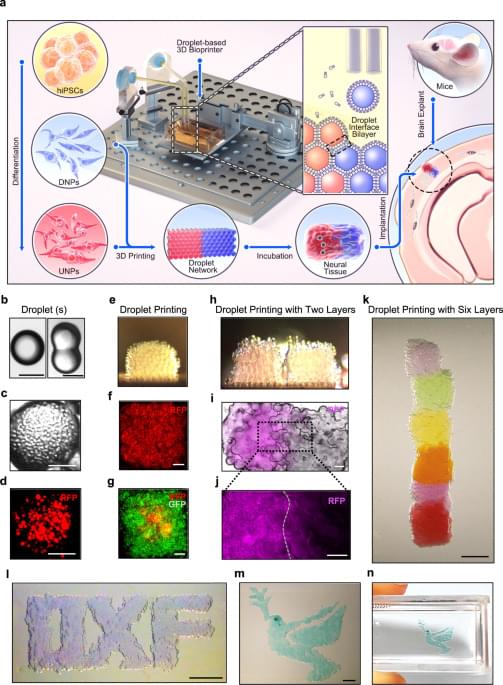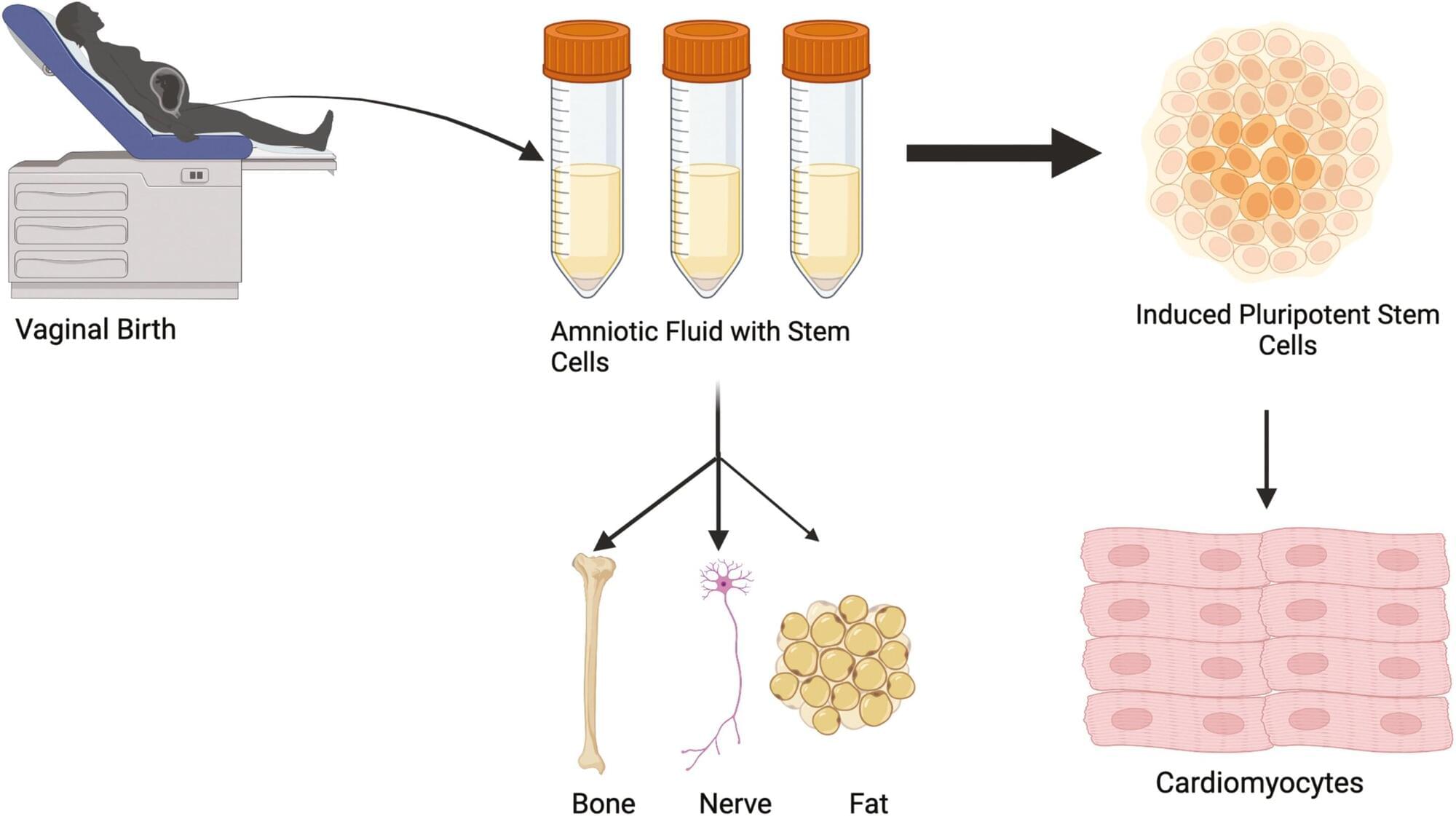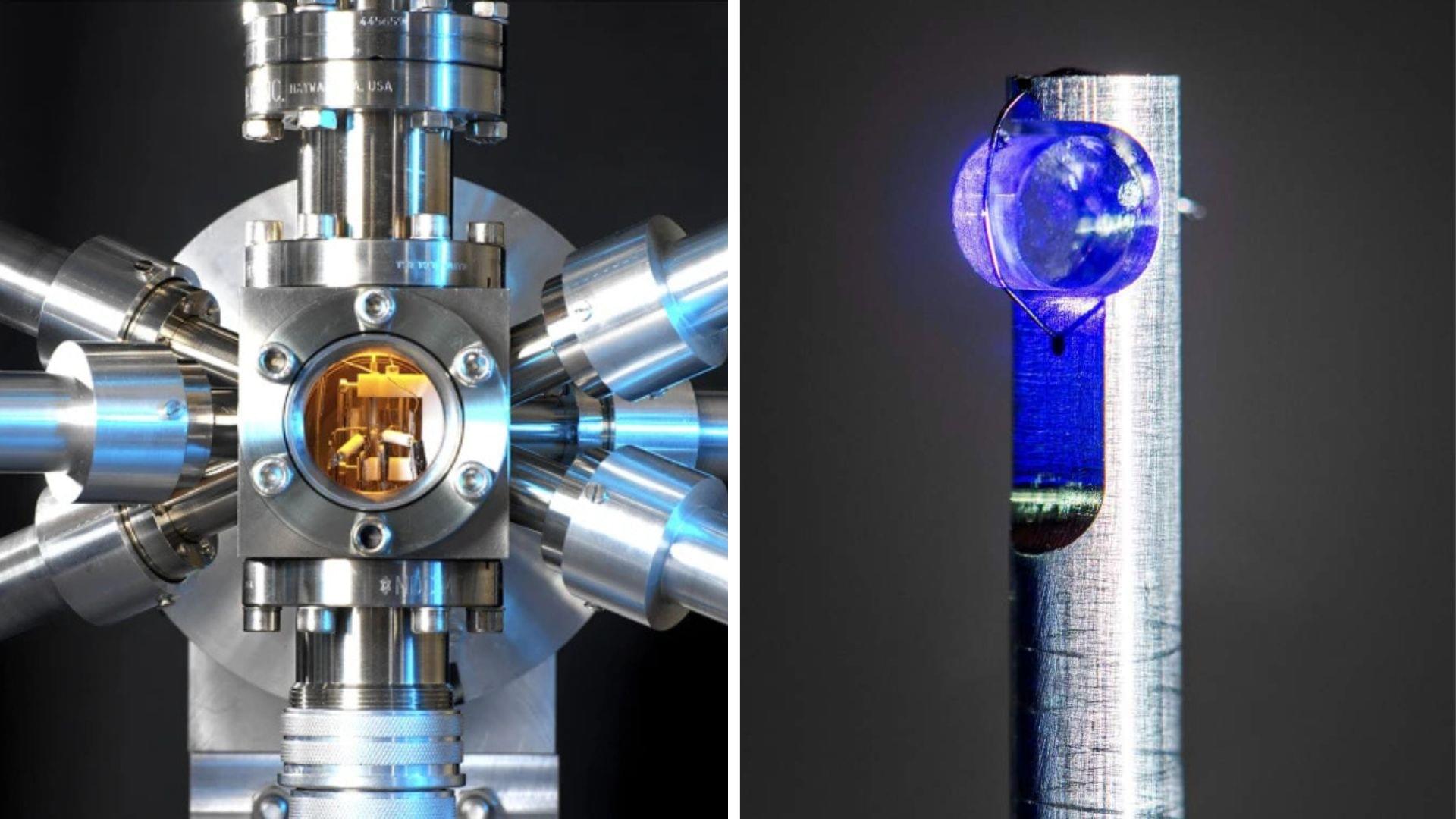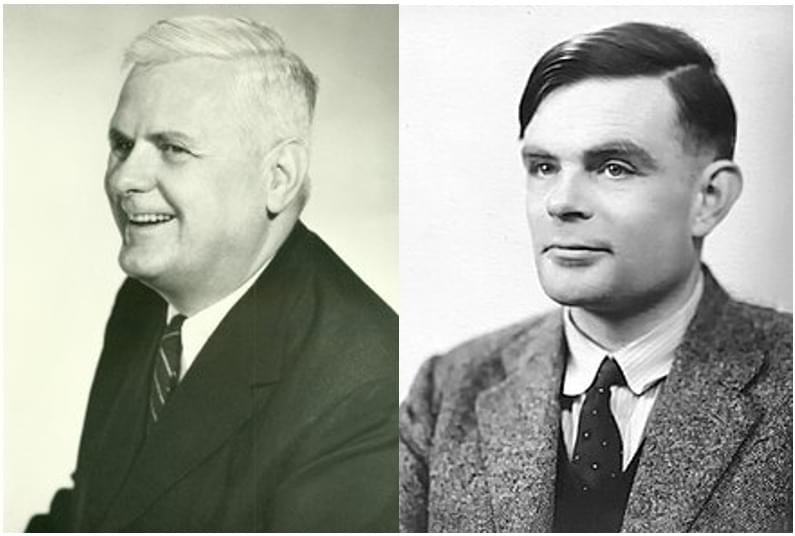This message will self-destruct in 3… 2… 1 is something you’ve definitely seen in Mission: Impossible films over the years.
Now, we finally have tech that feels just as futuristic, thanks to a new kind of storage hardware.
Taiwanese company TeamGroup has unveiled a new internal SSD that can literally destroy itself at the press of a button, ensuring sensitive data never falls into the wrong hands.
The device, called the P250Q-M80, is aimed at sectors where top-tier data security isn’t just a perk, it’s a necessity. We’re talking defense, industrial automation, AI development, and maybe even the crypto wallet you hold.
TeamGroup showcased the drive at Computex 2025, where it took home a Best Choice Award in the cybersecurity category.





